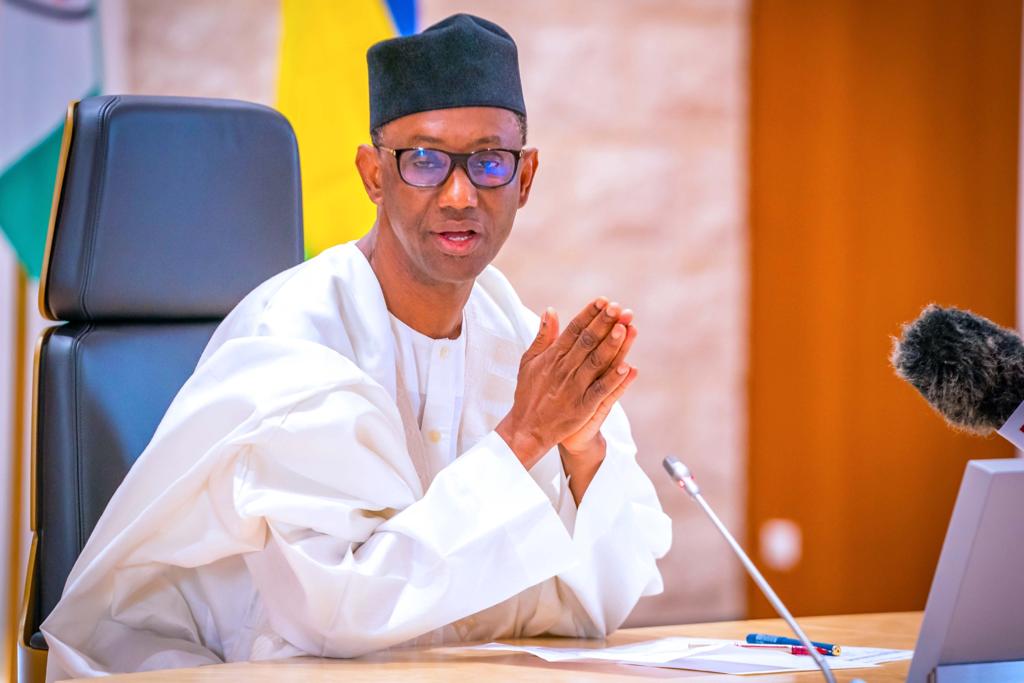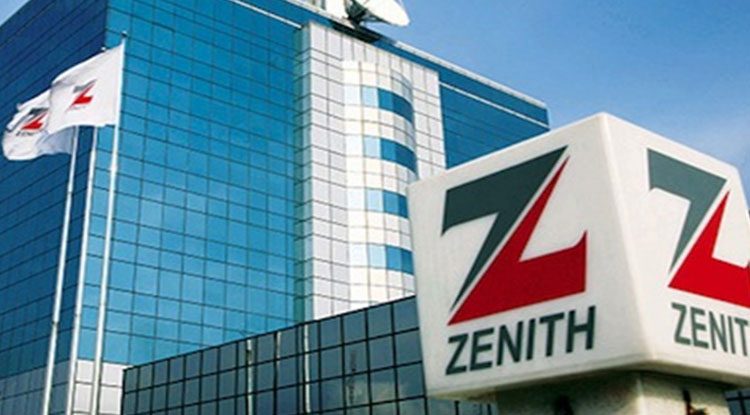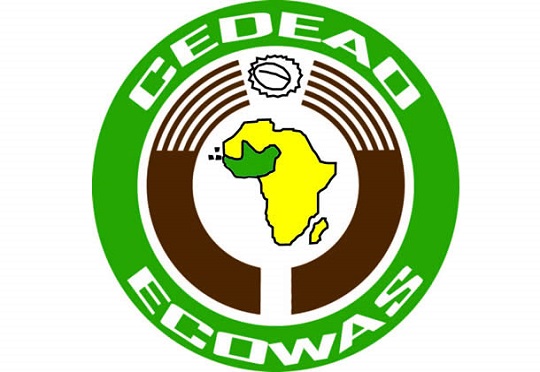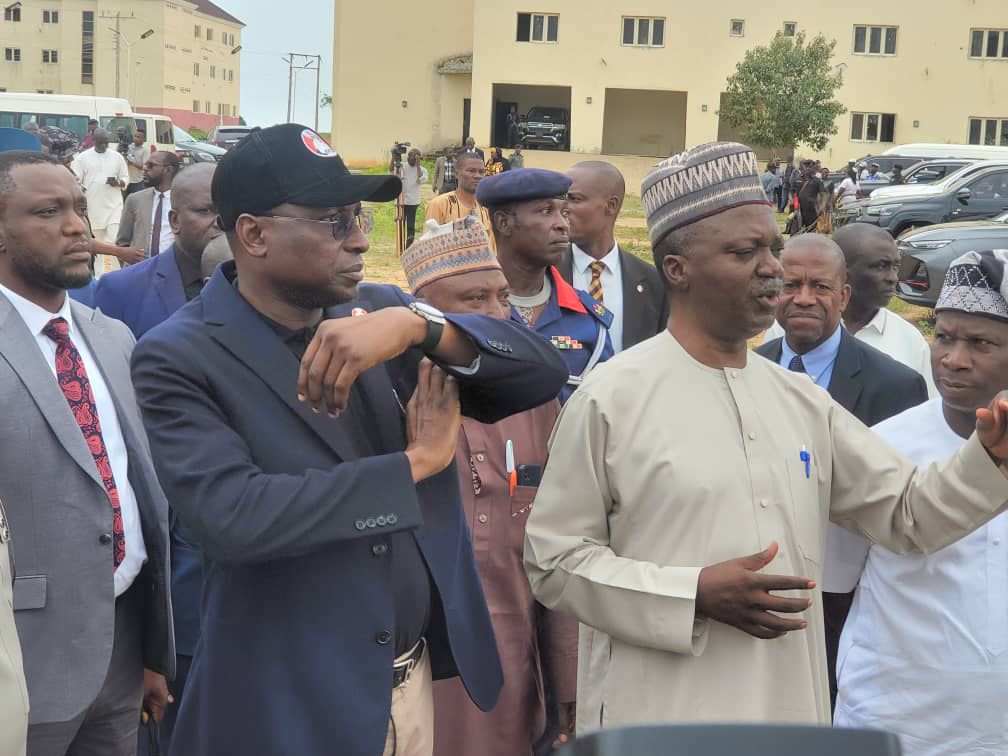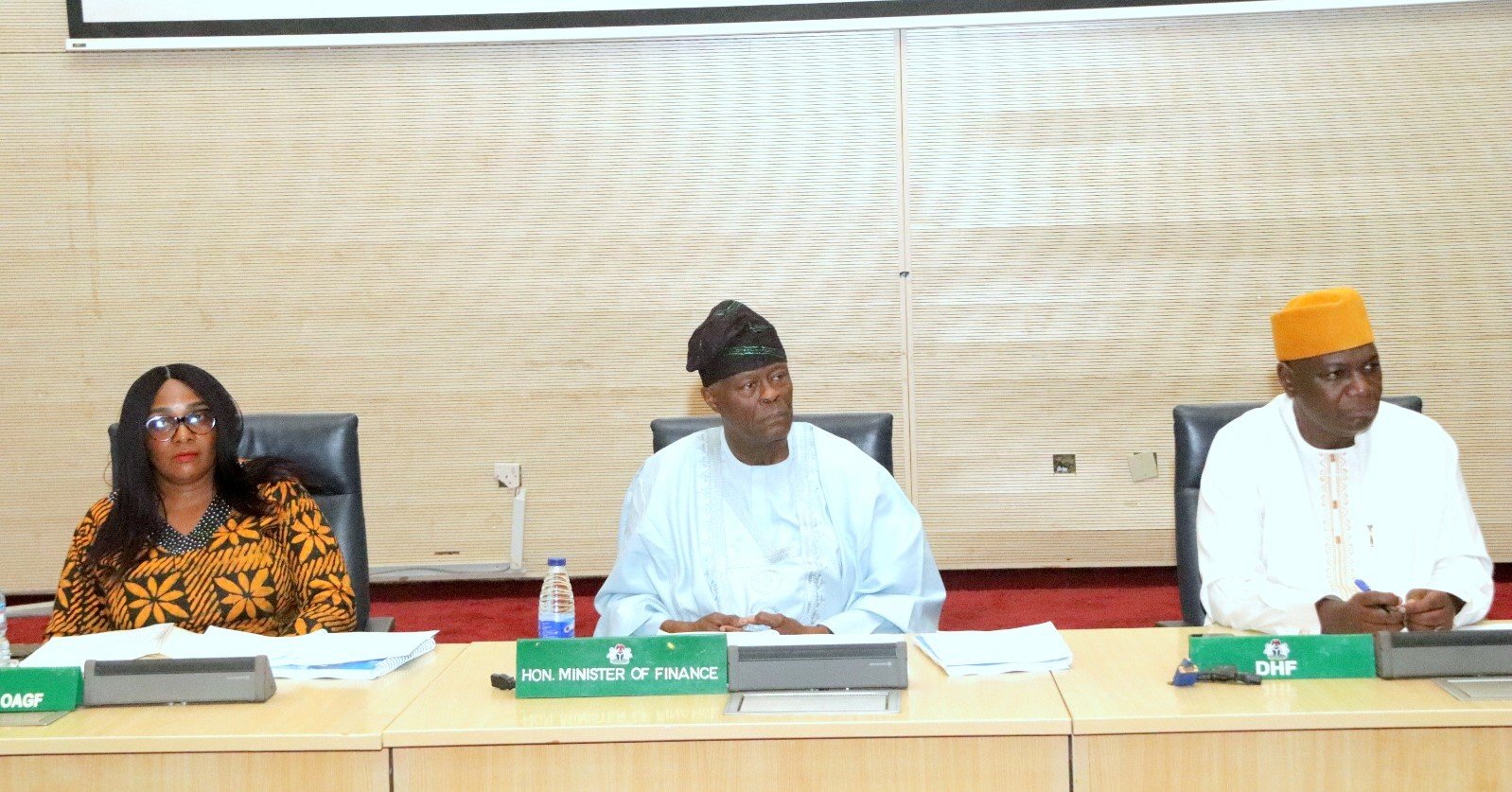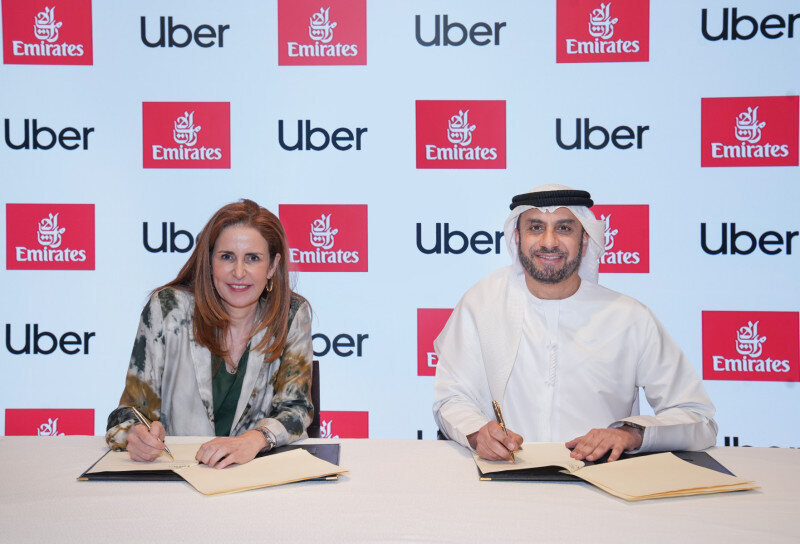Gender Gaps Narrowing in Key Sectors Across Africa
A new report shows many African countries are setting their own priorities on gender equality, especially in political inclusion and legal reform, and in some cases are progressing faster than global averages.
The 2025 Global Gender Gap Report by the World Economic Forum shows that twenty African countries now rank in the top 100 global list of countries that have reduced their gender gap.
According to Saadia Zahidi, the Managing Director, World Economic Forum, lowering the gender gap is vital because “economies that have made decisive progress towards parity are positioning themselves for stronger, more innovative, and more resilient economic progress.”
“Africa ranks sixth among regions with an overall gender parity score of 68.0%. Since 2006, the region has improved its parity score by 5.6 percentage points.”
While Namibia has maintained its positioning in the top 10 list, countries like Rwanda, Botswana, and Benin have recorded some of the strongest improvements worldwide in this year’s index.
Namibia is now ranked eighth globally, with a gender parity score of 81.1%. It has appeared in the top 10 six times since 2006. The country’s performance is tied to long-standing legal frameworks, gender quotas, and sustained political representation for women.
Namibia achieved a major gender-related milestone in March when it became the first African country where women held its three most senior political positions simultaneously: president, vice president, and speaker of the National Assembly.
Alongside this historic trio, more than 60% of the newly appointed cabinet are women, marking Namibia’s first-ever female-majority cabinet.
“When women hold the reins of power, policy priorities often shift toward equity and inclusion,” says Anita Ogega, an independent gender advocate and researcher at Kisii University. “But what excites me more is the ripple effect—young people are watching. As they grow up seeing women lead, that visibility becomes their norm. And that’s the future I dream of.”
In Rwanda, where 61.3% of parliamentary seats are held by women, political inclusion is now supported by mentors who are leveraging a favorable policy landscape.
“Leadership doesn’t start at the top,” says Claire Uwineza, a Rwandan mentor working with girls and young women in governance spaces.
“It begins when women are told they belong in decision-making.” Rwanda, ranked 12th globally, continues to lead in political parity across the continent.
“Rwanda is the only economy in the region to achieve full parliamentary parity, with South Africa (81%) and Cape Verde (80%) close behind,” the report explains.
Botswana is also a standout in economic participation. The 2025 index ranks the southern African country first globally in this category, with a score of 87.3%.
Former investment minister and current Minister of Minerals and Energy, Bogolo Kenewendo, is one of advocates for women’s economic inclusion in the country. She sees this as both a policy outcome and a strategic imperative.
“When we don’t fully use the skills and talents of half our population, we are wasting potential,” she noted in a UN Women interview.
Botswana’s progress is driven by SME-friendly policies, high female education levels, and targeted efforts to get women into leadership.
“In many ways, Botswana’s success story is a rebuttal to those who think gender equity must come at the expense of growth,” says Ogega.
“We need to stop framing inclusion as charity and start seeing it as a competitive advantage. This is not about fixing women—it’s about fixing systems that sideline productivity.”
Alongside Liberia and Eswatini, Botswana has closed over 85% of its gender gap in labour-force participation. These countries also report relatively high levels of female representation in leadership, with Botswana, Liberia, and Barbados reaching parity in roles such as legislators, senior officials, and managers.
Despite the progress, the region still shows wide disparities in economic participation. Female labour-force participation ranges from 39.2% in Senegal to 80.7% in Nigeria. Women’s representation in senior economic leadership is also uneven, from just 11.6% in Chad to 69.9% in Burkina Faso.
However, beyond common victors such as Namibia and Rwanda, new countries are showing remarkable signs of progress.
Benin recorded the most significant improvement in Africa this year, climbing 21 places in the global rankings with a 4.6-point increase in its overall score. This shift follows the rollout of a national gender strategy in 2021, which is beginning to show results, particularly in rural education and women’s access to public sector jobs.
Zambia also made notable gains, rising 13 places in the rankings. The report attributes this to policy reforms aimed at financial inclusion and constitutional equality.
In Ethiopia, women now hold 83.3% of ministerial positions—the highest in the country’s history. The country rose to 75th globally, driven by rising political representation.
Yet not all movement is forward.
Togo recorded the steepest global drop, falling 44 places and losing 5.3 points, linked to reduced political representation and falling female labour participation. Kenya and Mozambique also dropped by more than 2 points.

In Kenya’s case, delays in implementing constitutional gender quotas, low leadership representation, and a gap between education levels and labour force participation all contributed to the fall. Mozambique’s decline is tied to persistent rural-urban divides in girls’ education and a drop in female labour participation.
Still, many women across the continent continue to break barriers from the grassroots up.
In Tanzania, tech mentor Pendo Vestine is helping close the digital gender divide through girl-centred coding and innovation bootcamps.
“For girls in tech, we must do more than hand them devices—we must give them space to lead,” she says. Her work reflects the kind of bottom-up change driving long-term shifts in education, skills, and opportunity across the region.
The report also highlights that African countries are closing gaps faster than the global average. Sub-Saharan Africa has improved by 5.6 points since 2006, while the MENA region has gained 3.9 points. Globally, the average increased by just 0.3 points between 2024 and 2025.
Notably, political empowerment is where African countries have made the most progress. On average, 22.2% of the political gender gap has been closed—ranking fifth globally. Women now hold 40.2% of ministerial roles and 37.7% of parliamentary seats across the continent. In 2006, these figures were less than half their current levels.
Economic participation shows a wide range. In Africa (except North Africa), the average score is 67.5%, while North Africa lags behind at 42.4%.
Female labour force participation varies significantly, from 21% in Algeria to over 80% in Nigeria. In Burkina Faso, women hold nearly 70% of senior leadership positions, while in Chad, the figure is just 11.6%.
North Africa, however, performs relatively well in education, with an average attainment score nearing 97.6%.
However, thirteen African countries still report female literacy rates below 50%. In fact, Mauritius is the only country on the continent where tertiary education enrollment exceeds 30% for both men and women.
However, according to Ogega, “If current momentum holds, especially with more countries embedding gender metrics into national development plans, we could see several African economies crack the global top 10 within the next decade.”
“What’s urgently needed now is stronger accountability mechanisms, better gender-disaggregated data, and serious investment in care infrastructure to free up women’s time and potential.”
Bonface Orucho, bird story agency

